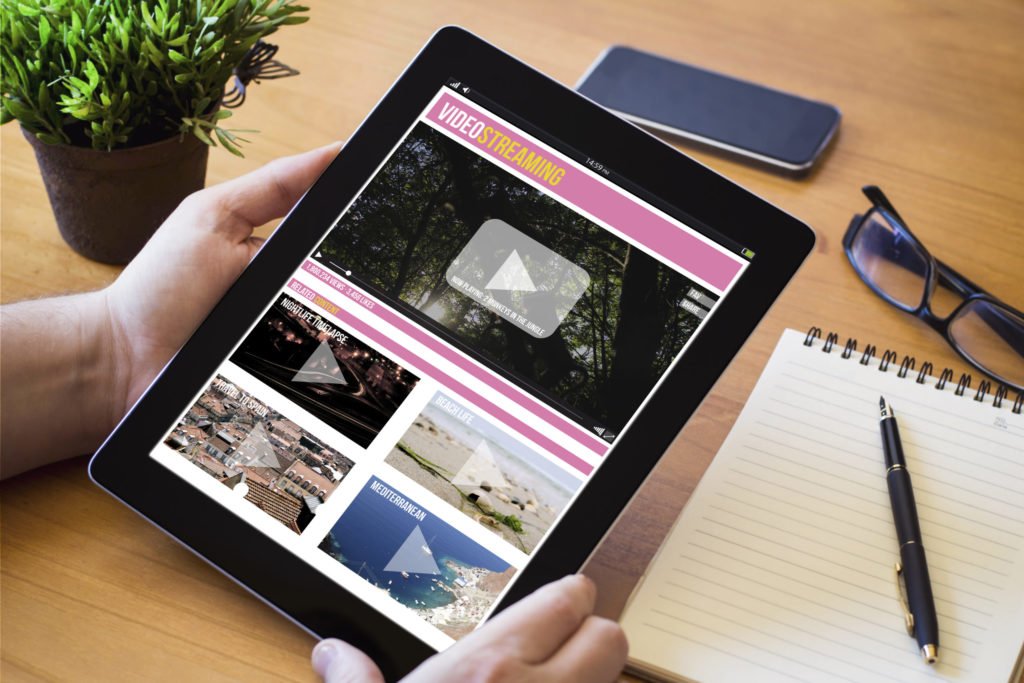Not to make light of a very serious situation, but I got an email the other day from my sister who teaches in the New York City school district: “Yeah! I am an online classroom teacher! Just heard the platform crashed. Oh, well. At least I changed out of my PJs into sweats. Thank goodness spring means dresses. B/C pants may never fit again!” From the less-than-perfect reality of working from home to her “making lemonade” philosophy, she epitomizes COVID-19 consumer behavior that has become daily life for countless people around the world.
The world has changed immeasurably in recent weeks as the coronavirus pandemic shuts down country after country. We can’t place a value on the human toll; that will be incalculable. But there will be a definite and substantial economic toll.
The first order of business for companies is tactical crisis management. This includes everything from physically protecting workers and customers to keeping business moving as much as possible. Looking ahead, it is critical to understand potential long-term outcomes related to the way people live and shop.
Health first
Staying alive and helping keep others alive is the top priority right now. A recent GfK survey in the US shows that regular use of hand sanitizer nearly doubled between early and mid-March.
Stores and workplaces are performing extra cleaning processes and requiring physical distancing behavior. Manufacturers are retooling to produce sanitation and medical supplies.
Regular healthcare is on pause – or going online. Even as healthcare systems become overloaded with coronavirus pandemic patients, other health problems are not disappearing, and a growing number of people are turning to telemedicine options such as the UK’s Patient Access system.
In the long run, the outbreak may turn out to be a turning point for telehealth, making it a greater part of healthcare solutions. Post-COVID-19 consumer behavior may rely more on chemical sanitation and cleaning products in the short term, but a long-term trend toward green and natural products is likely to regain momentum eventually. And the general global trend toward a health approach based on prevention more than treatment will undoubtedly continue.
Lockdown lifestyle
Given that work and school are most people’s primary daily activities, the impact of the current massive experiments in remote work and education could be enormous. Some will be more successful than others.
Technology is helping people relax during lockdown conditions, too. Video streaming, online gaming, and social media usage have skyrocketed. GfK Point of Sales data from the UK indicates that sales of game consoles and accessories are growing sharply as forced isolation kicks in. Cultural venues such as museums and even academic conferences are turning to live-streaming, not to mention religious services.
Many are discovering or rediscovering low-tech pastimes, too, such as board games and crafts. Stores are reporting shortages of yeast, along with toilet paper and hand sanitizer, as people find comfort in baking bread.
People are social animals, and they will resume going out, getting together, and traveling as soon as they can. This is likely to result in a burst of activity in the short-term – finances permitting. At the same time, some of the virtual experiences created during the crisis will become part of the permanent work, school, and leisure landscape.
Shopping solutions
Concerns about contagion, combined with sweeping temporary store closures, are driving many shoppers deeper into eCommerce. As of mid-March, 20% of Americans said they were making online purchases in order to avoid going to a physical store, more than double the share who said so two weeks earlier. COVID-19 consumer behaviors may “stick” long after the crisis ends.
Stores that remain open are doing their best to safeguard employers and customers by offering take-out, drive-through, and delivery services. Service providers such as photographers are getting creative and employing some of the same approaches.
While many shoppers will return to high streets and malls once safety returns, the outbreak may accelerate a long-term shift from in-store to online shopping. The reduced traffic will prove fatal to some traditional stores already under stress. On the other hand, tech-enabled solutions that benefit brick-and-mortar retailers such as “click and collect” could gain ground, too.
It’s still (always) the economy
The economic impact of the coronavirus pandemic will be huge, and it will last a while. The IMF is now projecting “a recession at least as bad as during the global financial crisis or worse.” Consumer confidence in Germany has already plummeted, a sign of things to come across the globe.
During the Great Recession of 2008, people were quick to cut back on a host of discretionary expenses such as eating out and travel, and they continued to do so for several years. They also turned to a variety of saving strategies such as using coupons and waiting for sales.
Recent lockdowns have already forced other COVID-19 consumer behaviors – such as allocating fewer dollars for out-of-home entertainment, and money woes may exacerbate that trend once the health crisis has waned. At the same time, past experience shows that people will spend when they can, which is why job protection is a critical element of crisis management.
COVID-19 consumer behavior will be the new normal
Life after the coronavirus pandemic will emerge as a new normal. In many ways, life will go on as usual, but it is also likely to change. Some health behaviors may be permanently altered. Some technology solutions activated during the crisis will become entrenched.
As we have seen time and again, times of crisis are times of opportunity and innovation. Ultimately, solutions that benefit people without creating a burden or compromise will see lasting power. It will be no different this time around.
How are brands responding to the crisis?

